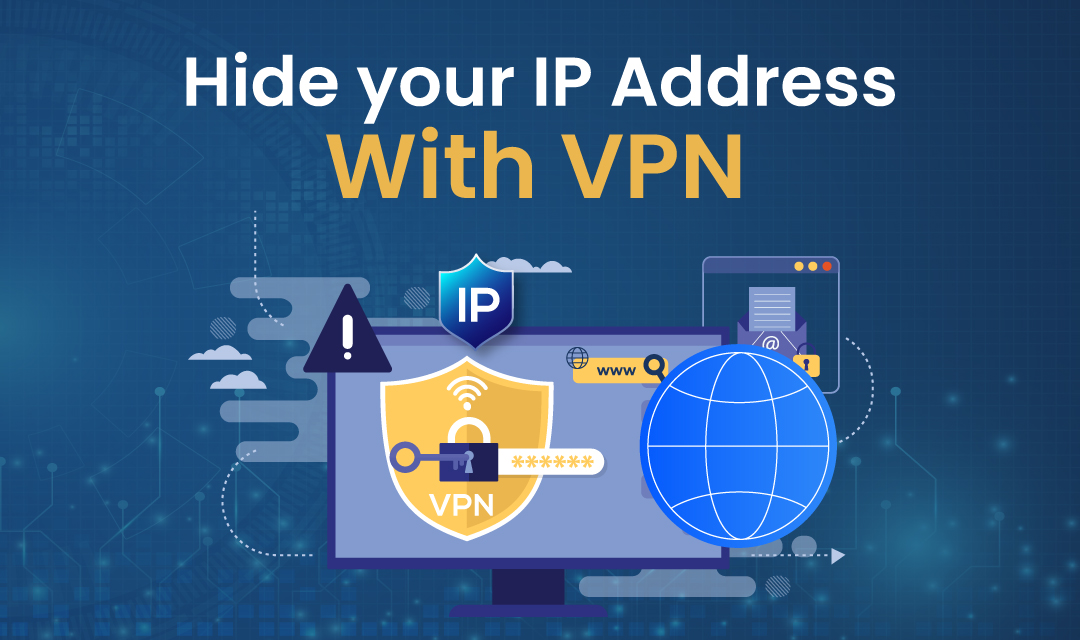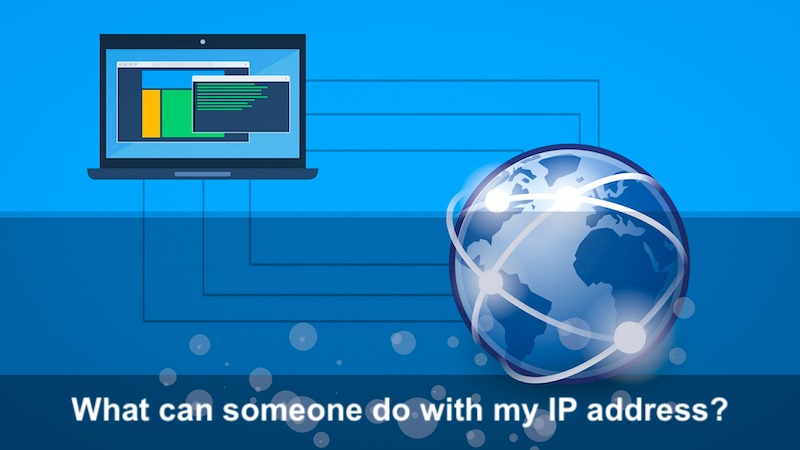What is My IP Address?
Your IP Address is 3.14.9.169.
Hide IP with VPN
This is the public IP address of your computer. If your computer is behind a router or used a proxy server to view this page, the IP address shown is your router or proxy server.
IP Address Details (Show more details)
| IPv4 Address | 3.14.9.169 Hide my IP with VPN |
|---|---|
| IPv6 Address | Not detected |
| IP Location | Columbus, Ohio (US) [Details] |
| Host Name | ec2-3-14-9-169.us-east-2.compute.amazonaws.com |
| Proxy | No proxy present |
| Device Type | PC |
| OS | Unknown OS |
| Browser | Unknown Browser |
| User Agent | Mozilla/5.0 AppleWebKit/537.36 (KHTML, like Gecko; compatible; ClaudeBot/1.0; +claudebot@anthropic.com) |
| Screen Size | 1280px X 720px |
| Cookie | Enabled |
| Javascript | Enabled |
What is an IP Address?
The Internet Protocol Address (or IP Address) is a unique address that computing devices such as personal computers, tablets, and smartphones use to identify themselves and communicate with other devices in the IP network. Any device connected to the IP network must have a unique IP address within the network. An IP address is analogous to a street address or telephone number in that it is used to uniquely identify an entity.
Dotted Decimals
The traditional IP Address (known as IPv4) uses a 32-bit number to represent an IP address, and it defines both network and host address. A 32-bit number is capable of providing roughly 4 billion unique numbers, and hence IPv4 addresses are running out as more devices are connected to the IP network. A new version of the IP protocol (IPv6) has been invented to offer a virtually limitless number of unique addresses. An IP address is written in "dotted decimal" notation, which is 4 sets of numbers separated by periods, each set representing an 8-bit number ranging from (0-255). An example of an IPv4 address is 216.3.128.12, which is the IP address previously assigned to iplocation.net.
An IPv4 address is divided into two parts: network and host address. The network address determines how many of the 32 bits are used for the network address and the remaining bits are used for the host address. The host address can be further divided into subnetwork and host number.
Class A, B, C and CIDR networks
Traditionally, IP networks are classified as A, B, or C networks. The computers identify the class by the first 3 bits (A=000, B=100, C=110), while humans identify the class by the first octet (8-bit) number. With the scarcity of IP addresses, the class-based system has been replaced by Classless Inter-Domain Routing (CIDR) to more efficiently allocate IP addresses.
| Class | Network Address | Number of Hosts | Netmask |
|---|---|---|---|
| CIDR | /4 | 240,435,456 | 240.0.0.0 |
| CIDR | /5 | 134,217,728 | 248.0.0.0 |
| CIDR | /6 | 67,108,864 | 252.0.0.0 |
| CIDR | /7 | 33,554,432 | 254.0.0.0 |
| A | /8 (1-126) | 16,777,216 | 255.0.0.0 |
| CIDR | /9 | 8,388,608 | 255.128.0.0 |
| CIDR | /10 | 4,194,304 | 255.192.0.0 |
| CIDR | /11 | 2,097,152 | 255.224.0.0 |
| CIDR | /12 | 1,048,576 | 255.240.0.0 |
| CIDR | /13 | 524,288 | 255.248.0.0 |
| CIDR | /14 | 262,144 | 255.252.0.0 |
| CIDR | /15 | 131,072 | 255.254.0.0 |
| B | /16 (128-191) | 65,534 | 255.255.0.0 |
| CIDR | /17 | 32,768 | 255.255.128.0 |
| CIDR | /18 | 16,384 | 255.255.192.0 |
| CIDR | /19 | 8,192 | 255.255.224.0 |
| CIDR | /20 | 4,096 | 255.255.240.0 |
| CIDR | /21 | 2,048 | 255.255.248.0 |
| CIDR | /22 | 1,024 | 255.255.252.0 |
| CIDR | /23 | 512 | 255.255.254.0 |
| C | /24 (192-223) | 256 | 255.255.255.0 |
| CIDR | /25 | 128 | 255.255.255.128 |
| CIDR | /26 | 64 | 255.255.255.192 |
| CIDR | /27 | 32 | 255.255.255.224 |
| CIDR | /28 | 16 | 255.255.255.240 |
| CIDR | /29 | 8 | 255.255.255.248 |
| CIDR | /30 | 4 | 255.255.255.252 |
Note: (1) 127 Network Address reserved for loopback test. (2) Class D (224-247, Multicast) and Class E (248-255, Experimental) are not intended to be used in public operation.
Public and Private IP Addresses
In order to maintain uniqueness within a global namespace, the IP addresses are publicly registered with the Network Information Center (NIC) to avoid address conflicts. The devices that need to be publicly identified, such as web or mail servers, must have a globally unique IP address; and they are assigned a public IP address. The devices that do not require public access may be assigned a private IP address and made uniquely identifiable within one organization. For example, a network printer may be assigned a private IP address to prevent the rest of the world from printing from it. To allow organizations to freely assign private IP addresses, the NIC has reserved certain address blocks for private use. A private network is a network that uses RFC 1918 IP address space. The following IP blocks are reserved for private IP addresses.
| Class | Starting IP Address | Ending IP Address |
|---|---|---|
| A | 10.0.0.0 | 10.255.255.255 |
| B | 172.16.0.0 | 172.31.255.255 |
| C | 192.168.0.0 | 192.168.255.255 |
In addition to the above classful private addresses, 169.254.0.0 through 169.254.255.255 addresses are reserved for Zeroconf (or APIPA, Automatic Private IP Addressing) to automatically create the usable IP network without configuration.
What is a loopback IP address?
The loopback IP address is the address used to access itself. The IPv4 designated 127.0.0.1 as the loopback address with the 255.0.0.0 subnet mask. A loopback interface is also known as a virtual IP, which does not associate with a hardware interface. On Linux systems, the loopback interface is commonly called lo or lo0. The corresponding hostname for this interface is called localhost.
The loopback address is used to test network software without physically installing a Network Interface Card (NIC), and without having to physically connect the machine to a TCP/IP network. A good example of this is to access the web server running on itself by using http://127.0.0.1 or http://localhost.
Common Network Questions
Do you want to find an IP address of your network printer? Please read How to find an IP of a printer to find ways to obtain an IP number of your network printer.
Do you want to find IP Addresses of private network? Please read How to find IP addresses of computing devices on the private network?

October 1, 2019
Hide your IP address with VPN
VPN is by far the best way to hide your IP Address. There are premium and free VPN providers, and finding the right provider for your need require research. Learn how to hide your IP address with a VPN.
Learn more
September 7, 2015
How to get around IP Ban?
IP ban is a block set up by a server to reject the request made from a particular IP or range of IP addresses. The IP ban may have been implemented automatically due to an abuse pattern detected by the server or placed manually by an administrator. IP ban is implemented to protect the server from abuse such as brute force attacks, block emails from known spammers, and limit usage by users.
Learn more
November 5, 2020
How to fake your IP Address and stay anonymous online?
An IP Address is a unique address assigned to a computing device such as a computer, tablet, or smartphone. An IP address is analogous to the postal address of a house (or the phone number of your smartphone), where two houses cannot have the same address as a mailman will be confused about where to deliver the mail.
Learn more
March 31, 2023
What can someone do with my IP address?
When you connect to the Internet, your service provider assigns an IP address to your device. The device can be a computer, smartphone, tablet, or any computing device communicating with other devices on the Internet. The IP address is your online identity, and whenever you exchange information with other devices the other party will be able to find your IP address.
Learn more
